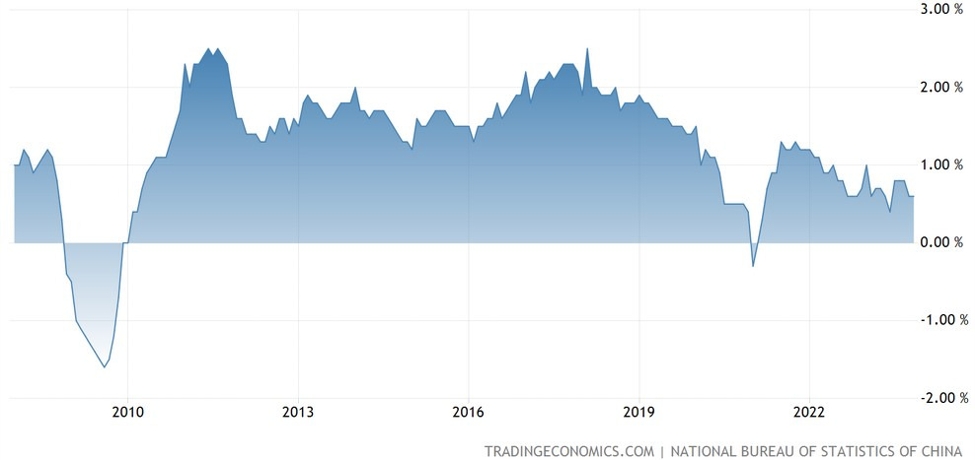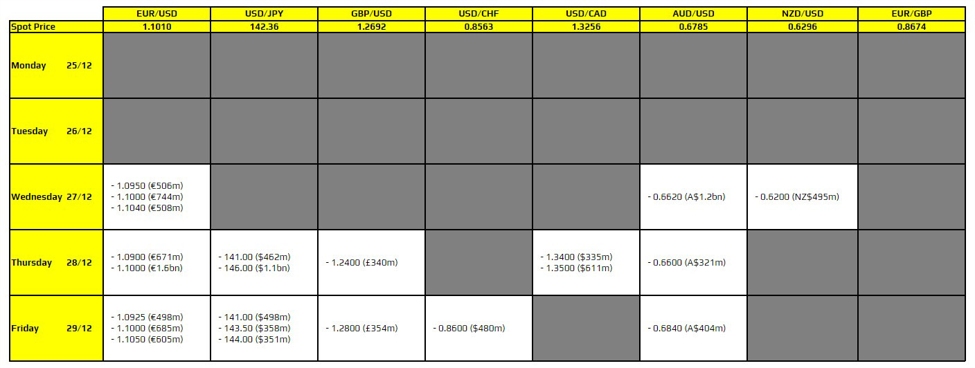In his opening statement:
Governor Tiff Macklem announced that the Bank of Canada would hold its policy rate at 2.75%, citing three key reasons: ongoing U.S. trade uncertainty, early signs of resilience in the Canadian economy, and persistent underlying inflation pressures. Due to the unpredictability of U.S. tariff actions, the July Monetary Policy Report (MPR) does not include a traditional forecast. Instead, the Bank presented three scenarios—a current tariff baseline, an escalation, and a de-escalation—to capture the range of potential outcomes.
While global growth has been more resilient than expected, Canadian momentum has weakened. Q1 2025 saw strong growth as firms pulled exports forward ahead of tariffs. However, Q2 likely saw a 1.5% contraction, as exports to the U.S. dropped and demand weakened. Uncertainty is restraining household and business spending, and job losses are concentrated in trade-exposed sectors. Despite this, employment continues to rise elsewhere, and business and consumer sentiment—though subdued—is improving modestly.
CPI inflation stands just below 2%, mainly due to the elimination of the carbon tax, but core inflation has risen to around 2.5%, driven by non-energy goods. Shelter inflation remains elevated, though it is easing. Business inflation expectations have softened, but consumer expectations remain elevated. In the Bank’s central scenario, inflation is expected to remain near 2%, with balanced risks. However, higher tariffs or trade-related costs could push prices higher, while economic slack may exert downward pressure.
Macklem emphasized that the Bank is closely monitoring new data and will adjust policy as needed. While the policy rate remains unchanged, the Governing Council is open to a rate cut if economic conditions deteriorate further and inflationary pressures from tariffs are contained. The Bank remains committed to preserving price stability while supporting growth during this period of heightened global uncertainty.
For the full statement CLICK HERE
Why It’s Dovish:
-
Acknowledgement of downside risks: The statement emphasized weaker growth in Q2 (–1.5% est.) and growing economic slack.
-
Clear openness to rate cuts: The Governing Council explicitly noted that a rate cut may be needed if the economy continues to weaken and inflationary pressures from tariffs remain contained.
-
Inflation near target: Headline CPI at 1.9% and core around 2.5% gives the Bank room to ease if necessary.
-
Labor market softening: Rising unemployment (6.9%) and easing wage growth signal reduced inflationary risk from labor.
Why It’s Not Fully Dovish (Still Cautious):
-
No immediate move: The BoC held rates steady at 2.75%, citing ongoing inflation risks from tariffs and trade reconfiguration.
-
Inflation vigilance: The Bank is still watching closely for upward pressures due to supply chain shifts and cost passthrough.
-
Three-scenario framework: By presenting base, escalation, and de-escalation scenarios, the BoC signaled it’s data-dependent and non-committal.
This article was written by Greg Michalowski at investinglive.com.















